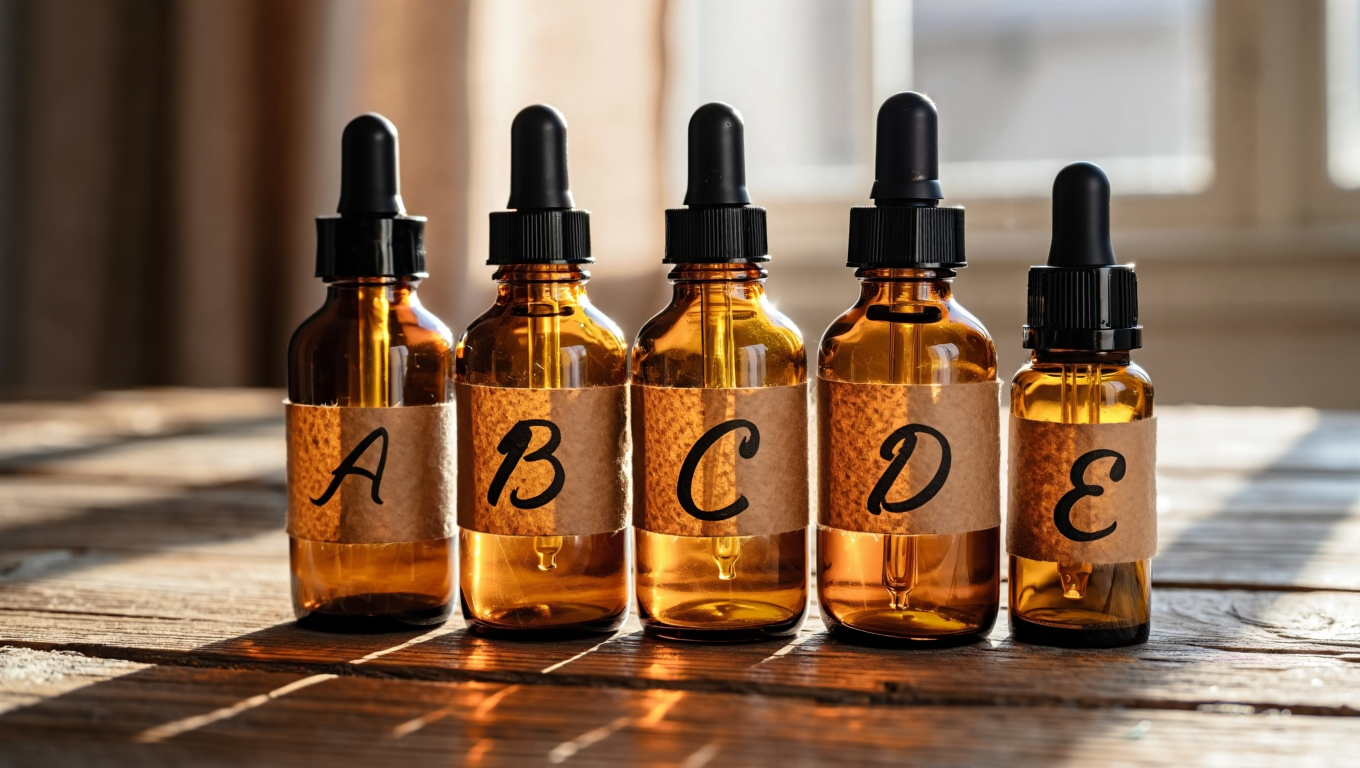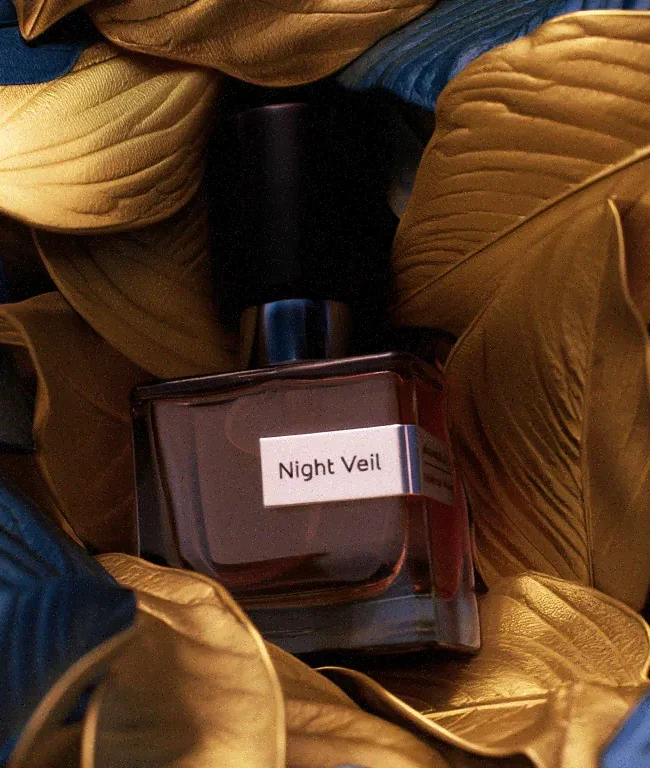
Diary of an Experimental Perfumer
Daily Experiments and the Quest for Balance
As I noted in my article on building perfume accords, a perfumer’s daily routine is filled with experimentation—beginning with pairing notes on blotters to sense their initial compatibility. Sometimes, you can hold two or three blotters together and find a seemingly perfect harmony. Yet the real magic often arises only when mixing these components together in a single vessel. That’s where unexpected transformations occur—ingredients can amplify or dominate, fade into the background or create entirely new scents, blending in surprising ways that are never apparent in isolation.
This pursuit of a delicate equilibrium—a point at which no single component overshadows the rest—remains the core objective in my daily work. When numerous materials align harmoniously, they form a “perfume accord” that feels greater than the sum of its parts. But such a fragile balance often proves elusive; it may lie hidden somewhere between a 20% and a 10% solution of just one ingredient.
The Fragile World of the Balance
One of the most striking examples of a material that demands careful balancing is Rhodinol, sometimes referred to as laevo-citronellol (l-citronellol). Its composition includes geraniol alongside citronellol, and the ratio between these molecules is critical to achieving a lush rose aroma. A slight excess of geraniol can introduce an abrasive, lemony tone, while too much citronellol risks a waxy, “scratchy” nuance reminiscent of citronella. In one particular floral accord, I added more geraniol than I’d intended and suddenly found myself wrestling with an uncomfortably sharp citrus edge that masked all the softer rose facets.
Rhodinol 70, as an example, is typically gentler and more refined than a standard citronellol. It’s also more expensive, but if you want a delicate rose profile with a subtle lemon hint—and without any grating plastic or metallic undertones—Rhodinol can be worth the added cost.
Surprising Animalic Synergies
Animalic ingredients are renowned for adding depth, warmth, and exotic intrigue to a blend. Some, such as components of ambergris, can boost resinous or woody-amber elements, evoking an intense, lacquer-like nuance. Achieving a balanced high-amber composition can be challenging because these distinctive facets must remain prominent yet never overpower the entire perfume.
The biggest revelation for me was a natural civet absolute. In its undiluted form, it smelled quite pleasant and sensually rich. I prepared a 1% dilution, only to discover it still overwhelmed the other components. Intrigued, I created a 0.1% solution, which on its own blotter seemed barely perceptible—just the faintest animalic whisper reminiscent of a distant, briny sea breeze or a subtle clove-like note. Yet even this minimal concentration delivered a remarkable boost once added to a perfume: a glowing warmth, amplifying woody tones and imbuing the whole creation with greater sillage and depth.
Overcoming Challenging Top Notes
Perfumers often wrestle with unappealing top notes that can threaten to undermine an otherwise exquisite heart or base. For instance, seaweed absolute features a warm, richly mossy aroma reminiscent of oakmoss—but for the first few minutes, it may smell unpleasantly marine or “fishy.” Skillful formulation can transform that funk into a breezy, oceanic freshness, but it demands precise control.
Oud oil is another prized material known for complex, woody-incense facets—often described as a tapestry of frankincense, labdanum, sandalwood, guaiacwood, and succulent stone fruits—yet its top often reveals harsh creosol and animalic elements. Masking or reshaping those pungent initial notes remains a high-level challenge. While creating Paradis Noir, I conducted nearly 450 trials, cycling through numerous materials and frankincense variations to achieve brighter top notes and discovering that saffron could soften the leather aspect. A fruit accord, meanwhile, contributed a lively touch of freshness, helping tame the oud’s punchy opening without diminishing its richness.
Reflections on the Experimental Journey
These experiments form the heartbeat of my day-to-day work. Some yield breakthroughs that redefine an entire formula; others produce fleeting results, vanishing as quickly as they appear. Yet every attempt, however small, teaches me more about synergy, concentration, and the wondrous—and sometimes unpredictable—chemistry that happens in a simple test vial.
One key lesson is that perfumery is not about chasing perfection on the first try. Rather, it’s a dynamic, iterative path where refinement is perpetual. A single drop of an animalic ingredient might tilt a composition from lackluster to glorious; a modest shift in geraniol can hijack a lovely rosey body and turn it lemon-sharp. Each success or misfire deepens my understanding and fuels my curiosity, reminding me that the true art of perfume is woven through the daily pursuit of balance in an ever-evolving olfactory landscape.




